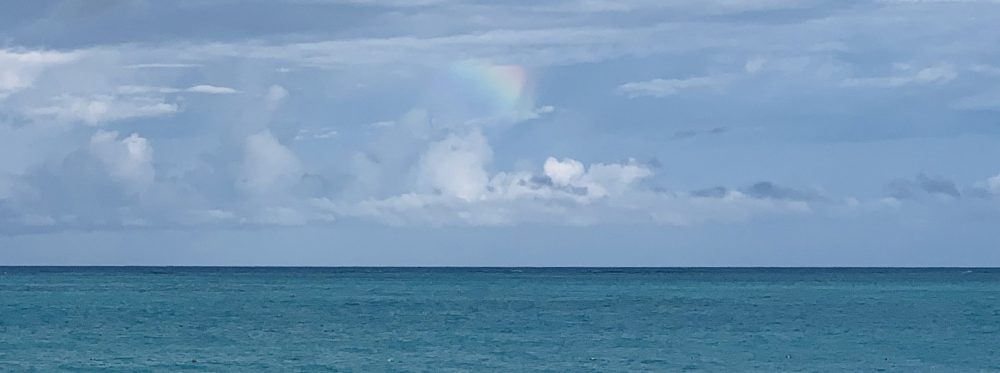
Bolter (2001) has identified a tension between textual and visual modes of representation, claiming “genres either experience a breakout of the visual or react against.” Yet also states that words and structures are visible and readable (Bolter, 2001, p. 28).
As a storyteller and content marketer, the introduction of multimedia allows us to weave words, graphics, audio, and video together to create compelling and memorable stories from both a design (visual) and a message (textual). As an educator passionate about setting employees up for success – especially those who are neurodiverse or have learning abilities- I wonder if the “tension” noted by Bolter (2001) is related more from a neurotypical perspective.
In the wise words of Grandin Temple, “Some guy with high-functioning Asperger’s developed the first stone spear; it was not developed by the social ones yakking around the campfire” (Armstrong, 2010).
I love metaphors. Some of my favourite authors are those whose writing evokes imagery while reading as if I were watching a movie. In completing this exercise, I leaned towards metaphors or ideas rather than words. For the title, I used a combination of words and ideas; however, at times, I found myself being too cerebral in my potential use of emojis as I worked to find an idea or metaphor that would provide the meaning I was looking for. As someone who is neurodiverse, I found myself questioning if others (neurotypicals) would grasp my train of thought.
Since its invention, printing has placed the word effectively in control of the image (Bolter, 2001, p. 48). Rather than concern ourselves about which is more important, we could focus on how our intended audience uptakes the information and builds knowledge. From a multimedia journalism and storytelling perspective, words, images, graphics, and tables, while different mechanisms, have a single purpose— the presentation of information (Bolter, 2001, p. 50). If our ultimate goal is to share information effectively with everyone, our focus should be just that. How we share – words, images, graphics, video, or audio – should not matter. This was, in the end, my goal while attempting to entwine emojis effectively to provide the plot of my book.
References:
Armstrong, T. (2010). Neurodiversity: Discovering the extraordinary gifts of autism, ADHD, dyslexia, and other brain differences (1st Da Capo Press ed.). Da Capo Lifelong.
Bolter, J. D. (2001). Writing space: Computers, hypertext, and the remediation of print (2nd ed.). Lawrence Erlbaum Associates.
